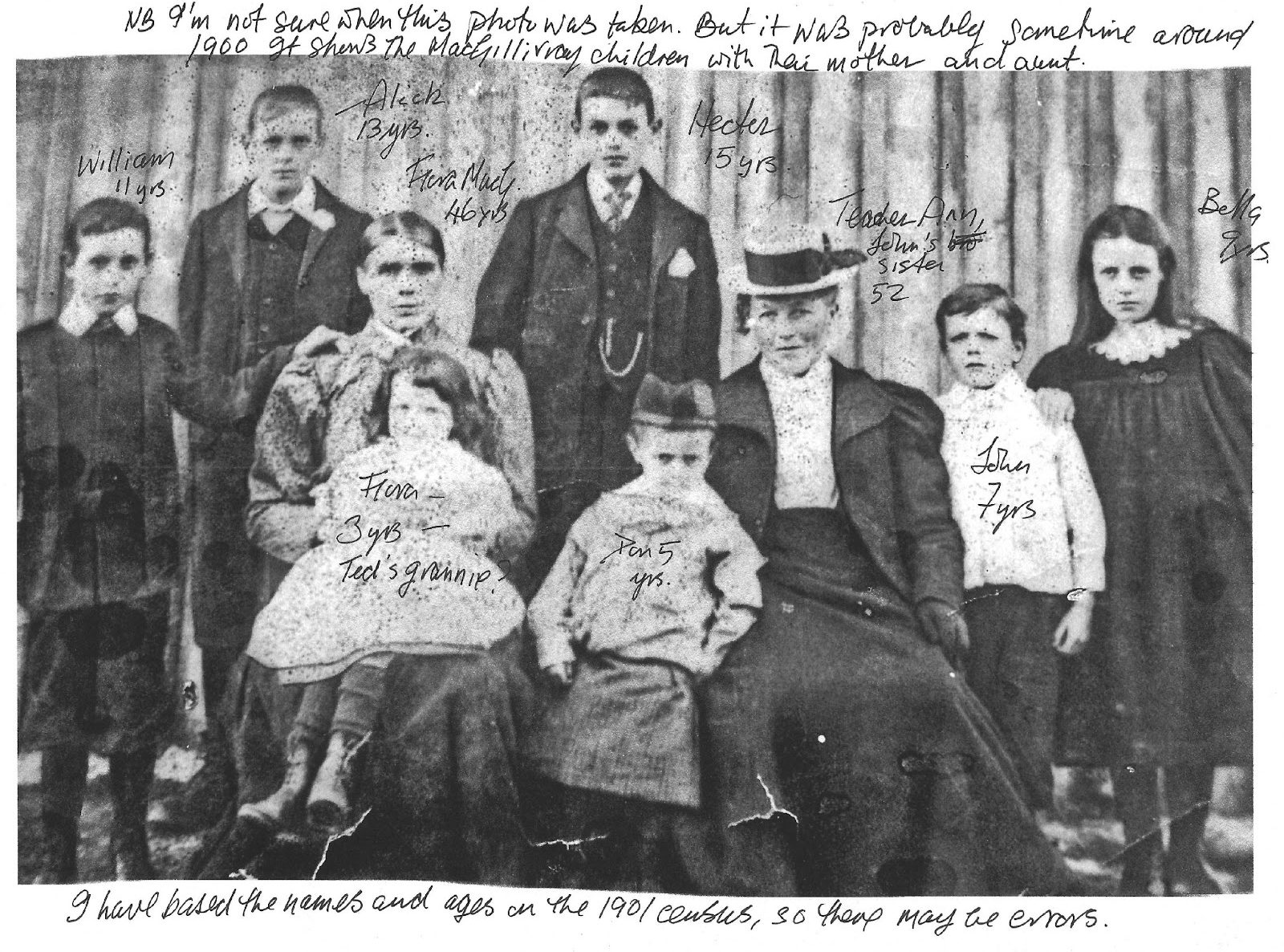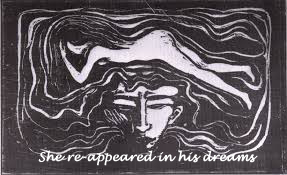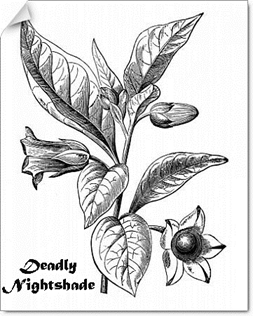Note: This is the post-script of The Massacre of Uamh Fhraing. To read the story from the beginning, start at the Preface.
I wish I could finish this story here, but the essence of ‘revenge’ is that there is no end! In the above semi-fictional account, I have adapted some lines from two of Shakespeare’s plays, Romeo and Juliet and Macbeth. Both of these plays were written around the same time as The Massacre of Uamh Fhraing. Both dealt with themes that were current at the time, that is, the revenge of the Old Testament. This was in stark contrast to ‘love thy neighbour and turn the other cheek’ of Jesus’ teachings in the New Testament. The Cave Massacre occurred at a time when anarchy ruled in Scotland; the ‘rule-of-law’ had been suspended (Dressler, 2007: 12).
We like to imagine that we have learned from Jesus and progressed into a world where equality, tolerance, and respect for humans prevail. Optimistically, one might propose that this has been a general tendency over the centuries. But it seems mankind is incapable of relinquishing ‘barbarism’, as did the clans in our story. In the end, they preferred to adhere to the teachings of the Jewish Old Testament; that is, ‘an eye for an eye and a tooth for a tooth’.
Battle of the Spoiling Dyke
So, after the Cave Massacre on Eigg, it didn’t take long before the MacDonalds, led by Ruaridh, executed a raid almost as horrific as the Cave Massacre.
“The MacDonalds of ClanRanald planned their revenge. One Sunday in 1578 they sailed across the Minch from South Uist and landed at Trumpan, near Ardmore Bay, where they found a group of MacLeods at worship in the little church. The MacLeods inside the church were unarmed and defenceless as the MacDonalds trapped them inside the building and laid a fire around the outside walls.
One slender child managed to slip through the narrow slit window at one end of the church and escape, unseen in the billowing smoke. Though she took mortal injuries in her unlikely escape, the girl ran to fetch help from the chief of Clan Macleod at Dunvegan.
(…)
A terrible battle ensued. One version of the story says that the MacLeods unfurled the clan’s magical Fairy Flag; their numbers were instantly doubled. This was the second unveiling of the Fairy Flag, which can only be used three times before losing its power. The MacDonalds tried to retreat to their boats on the shore, only to find they had been stranded by the incoming tide. The invaders were slaughtered, though a single galley escaped and carried the tale of the massacre to Uist.
The bodies of the slain were dragged to a nearby stone wall, which was pulled down over them like a burial cairn. This rough and ready burial under a wall of stone and turf gave the incident its common name, the Battle of the Spoiling Dyke. It is also known as the Battle of Waternish.”1
Of course, there were further slaughters. I can briefly mention a second slaughter of the people of Eigg (that had been repopulated) in 1588; MacLean of Duart raided and pillaged the small isles of the Hebrides with the help of sailors from the Spanish Armada.2
In conclusion, it is easy to blame the MacDonalds, the MacLeods, or others, such as the lairds. But what was the final act of genocide in Eigg and the Western Isles? It was something so boring as ‘modernization,’ ‘urbanisation,’ ‘industrialization’, and so on. In other words, in the late 19th and 20th century, the island was unable to support 400 inhabitants or more. People sought jobs on the mainland, in cities such as Glasgow, or emigrated. The island lost its centuries-old population, and the culture and language were eradicated. However, the ‘evil’ perpetrator of cultural and population genocide was not one particular person, clan, or political party. It was the faceless forces of capital and ‘progress.’
I would like to end on a philosophical (and perhaps cynical and unpopular) note. One might suggest that the evil despots of the past, as well as their victims, are not in control of their destinies. Perhaps, they were subject to some kind of arbitrary Calvinist/Marxist predetermination; like the autumn leaves that are blown away by the wind and forgotten when the spring arrives.
As an endnote, one of the themes in Shakespeare’s Hamlet is that “Does ‘revenge’ correspond with the teachings of Jesus?” Of course not. If nothing else, Jesus is remembered for ‘turn the other cheek’, and the rule of God’s law. But the Christian Bible has been contaminated with Jewish ideas of ‘revenge’ in the Old Testament.
Footnotes
- https://www.britainexpress.com/attractions.htm?attraction=725 Read 2 March 2022. ↩︎
- https://www.theguardian.com/travel/2000/feb/05/unitedkingdom Read 2 March 2022. ↩︎



